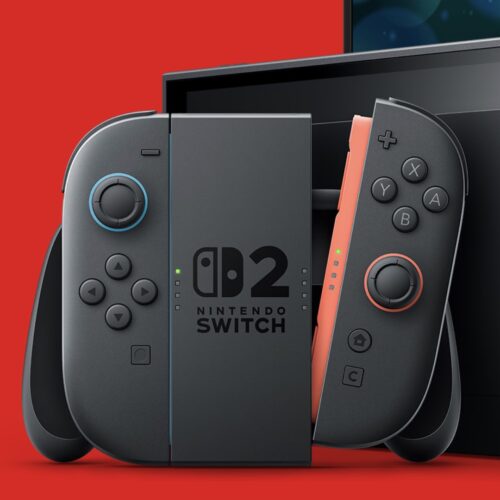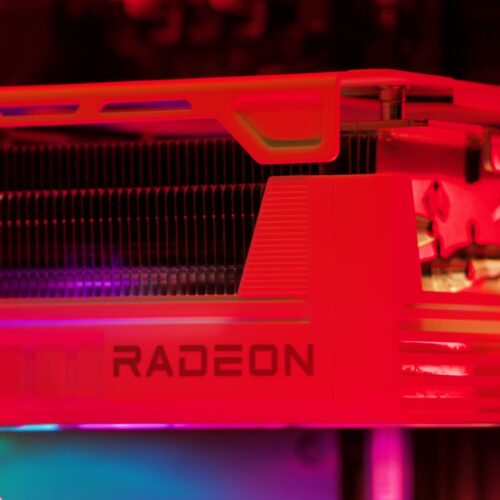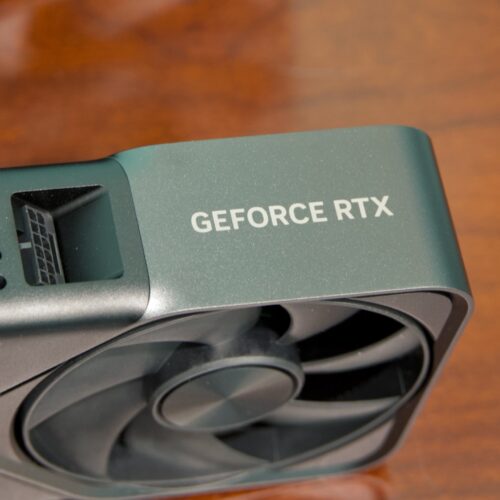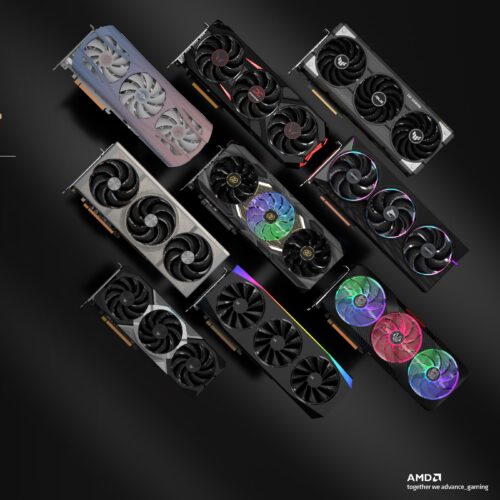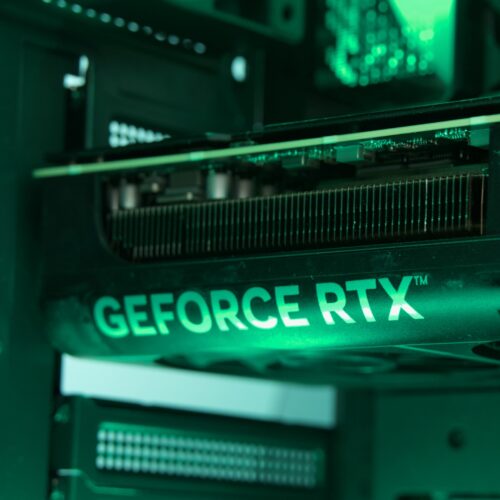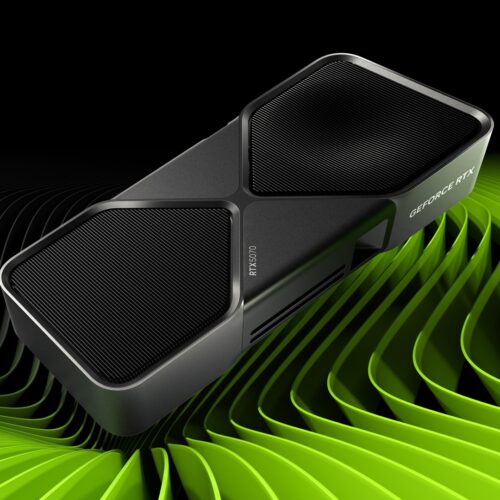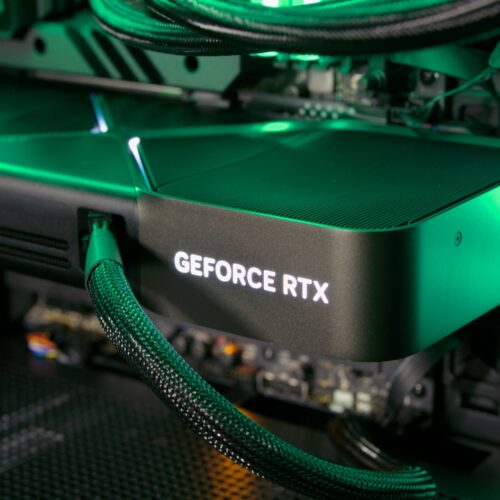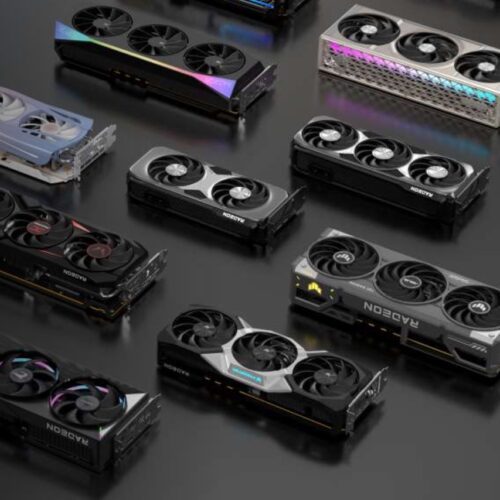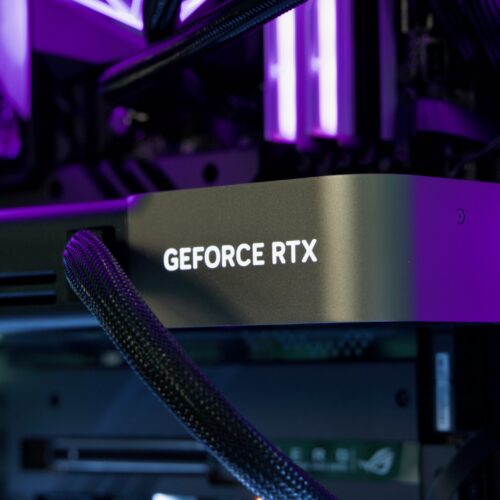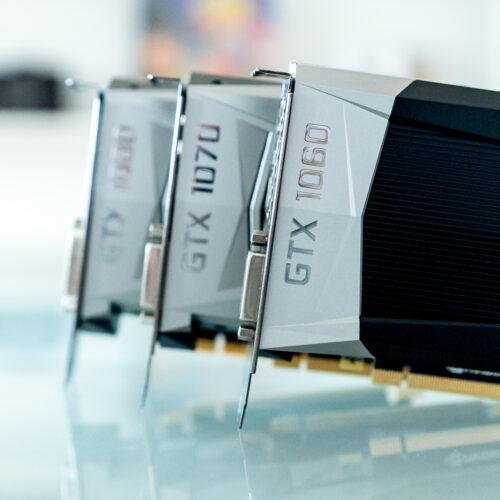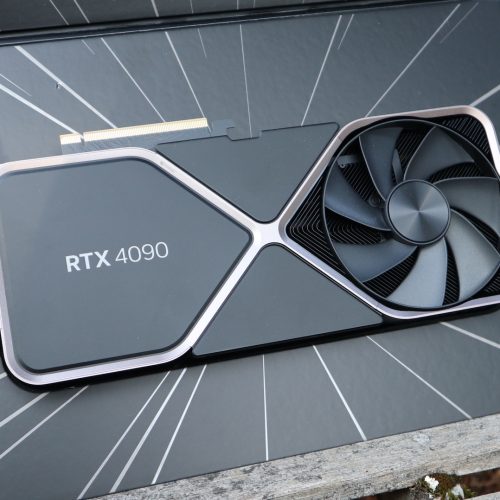Nvidia confirms the Switch 2 supports DLSS, G-Sync, and ray tracing
In the wake of the Switch 2 reveal, neither Nintendo nor Nvidia has gone into any detail at all about the exact chip inside the upcoming handheld—technically, we are still not sure what Arm CPU architecture or what GPU architecture it uses, how much RAM we can expect it to have, how fast that memory will be, or exactly how many graphics cores we're looking at.
But interviews with Nintendo executives and a blog post from Nvidia did at least confirm several of the new chip's capabilities. The "custom Nvidia processor" has a GPU "with dedicated [Ray-Tracing] Cores and Tensor Cores for stunning visuals and AI-driven enhancements," writes Nvidia Software Engineering VP Muni Anda.
This means that, as rumored, the Switch 2 will support Nvidia's Deep Learning Super Sampling (DLSS) upscaling technology, which helps to upscale a lower-resolution image into a higher-resolution image with less of a performance impact than native rendering and less loss of quality than traditional upscaling methods. For the Switch games that can render at 4K or at 120 FPS 1080p, DLSS will likely be responsible for making it possible.


© Nintendo
